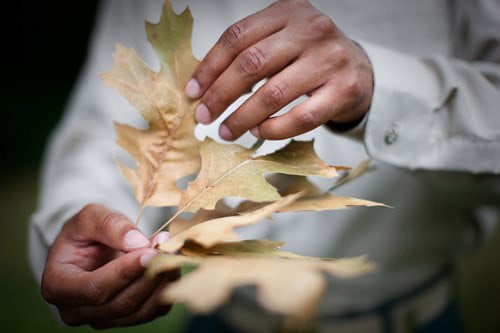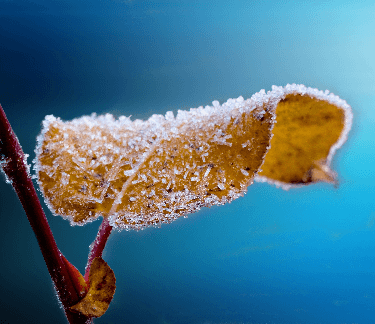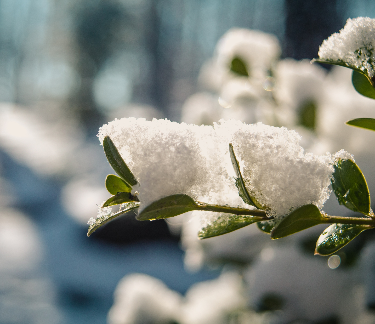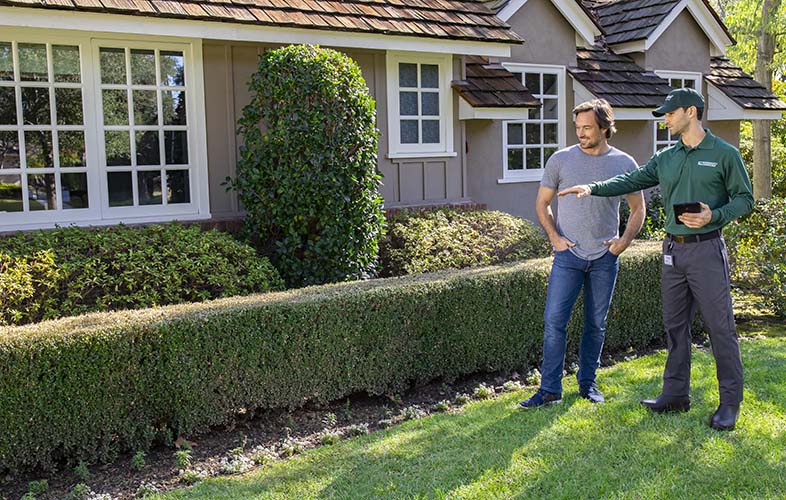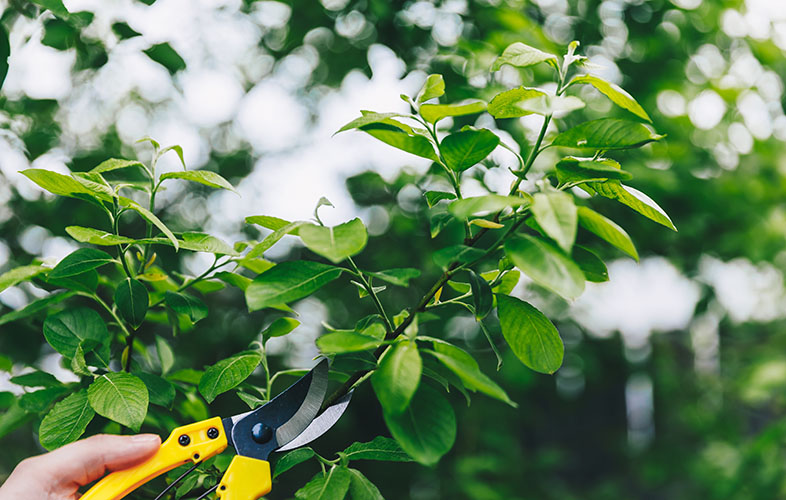Overwintering your trees and plants is an important part of preparing for the impending cold weather, but without the help of a great tree service company it could be a long and difficult process. Knowing what you're protecting your plants from and how to protect them is key to their survival through the chilly winters.
Winter Injury and your Plants
Your tree and plants need as much protection as they can get to remain healthy and strong. A reliable and knowledgeable tree service company like TruGreen® can help you identify causes for your plants' problems and how to combat them. Some of those things include:
Low temperatures. As temperatures decrease, a plant's tolerance can become compromised, causing what's known as low temperature injuries. Plants not hardy to a particular area are especially vulnerable, and everything from frost cracks to sun scald can result after the tree's bark has warmed up following low temperature injury. Low temperature injury can result in brown or black leaves, stem or branch dieback, bark splitting and in some cases, plant death.
Frost. Frost injury is most common in fall or spring, when plants are growing and suddenly suffer a drop in temperature. New plants and growths are especially vulnerable. In addition to black or brown leaves, new growths that are wilted, cupped, twisted or curled are generally the result of frost injury.
Winter burn. Dry or frozen soil can result in your plants not being able to replenish necessary water, which can result in winter burn. Evergreens in exposed sites are more prone to winter burn, with tell-tale signs such as tip burn, leaf mottling, leaf drop and marginal leaf scorch. In some cases, twigs and plants can die.
Snow mold. Snow mold diseases in their various forms occur mostly in northern areas of the U.S. and in Canada, where extended cold seasons with wet weather and humidity favor the growth of snow mold spores. There are two main variations -- pink and gray -- each with the capability of developing within varying ranges of cold temperatures in the 30s and 40s. Both variants of the pathogen manifest as small spots on the turf, gradually changing in hue and growing in size. Tall or improperly mowed grass is most at risk of developing snow mold.
Protect your turf!
There are many things you can do to protect your plants and turf from winter injury and mold. Planting trees and shrubs that are hardy for the area, in well-drained soil is one way. Using wind breaks for your plants and making sure the soil is well saturated before the soil freezes is another. Maintaining good mowing practices into the fall is a way to protect your turf from snow mold. But, the best way to protect your turf and trees is to ensure they have the proper nutrition, fertilization and water, especially in the spring and fall seasons.
While you may be inclined to skip tree services and tackle this mammoth task yourself, we wouldn't suggest it. Instead, why not call TruGreen? With science-based solutions customized to your landscape's needs, their Healthy Lawn Guarantee® and Tree & Shrub Guarantee®, which ensure your satisfaction no matter what, you can be prepared to tackle overwintering and protect your plants from permanent damage.
To learn more about TruGreen's tree service and what other tree services they offer, call now at 866.688.6722, or visit them on the web at TruGreen.com. You can also check them out in their social communities on Facebook, Twitter, YouTube, Google+ and Pinterest.
